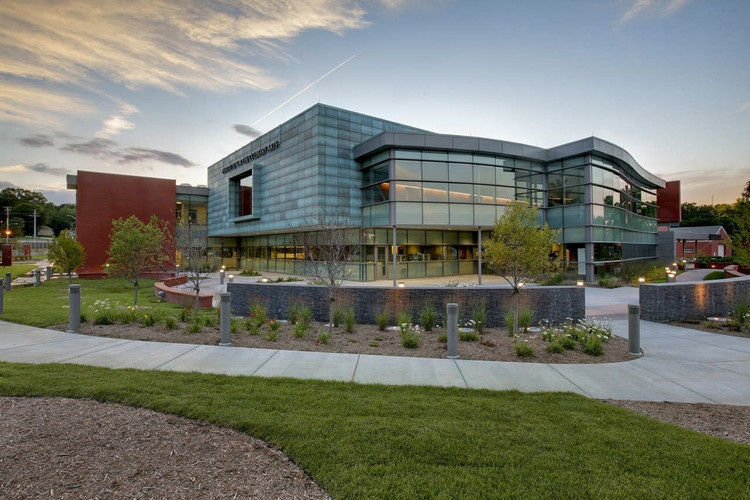
-
Architects: HDR Architecture
-
Photographs:Jeffrey Jacobs Photography
Text description provided by the architects. The face of the culinary arts world has changed. Chefs have become household names, cooking shows are taking television by storm, and new and exotic restaurants are replacing the old and mundane. This change has made becoming a chef, a career that was once considered undesirable, one of the fastest growing professions in the nation. The new Institute for the Culinary Arts at Metropolitan Community College is a reflection of this change. The 39,000-square-foot building is educating a record-breaking number of students in a world-class, food-inspired environment.





















